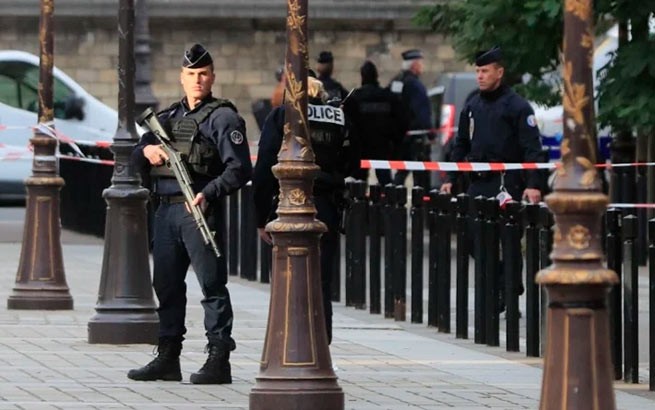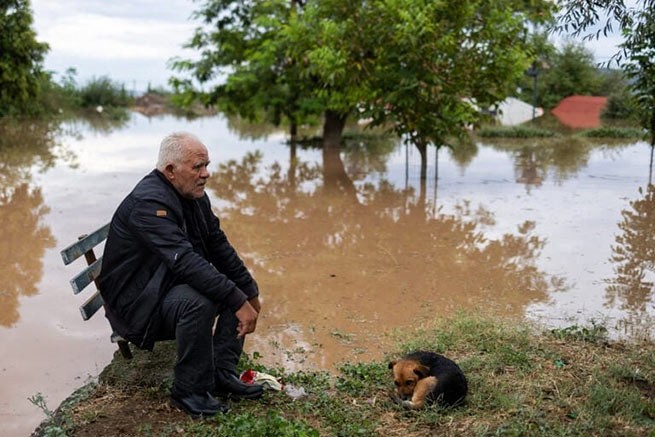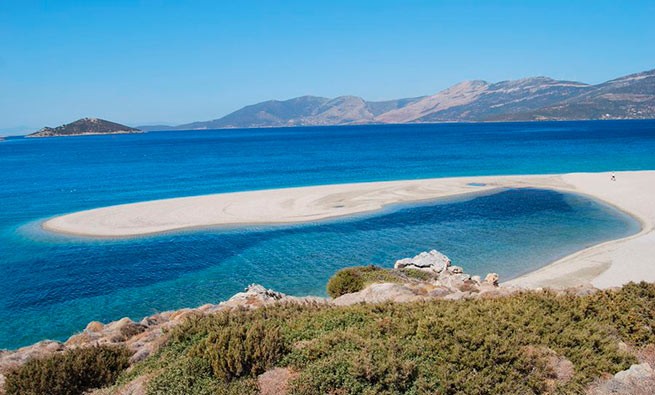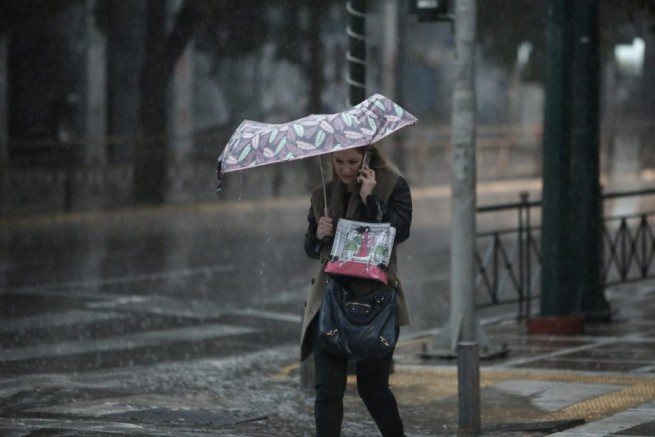The Olympic flame lighting ceremony for the 2022 Winter Games to be held in Beijing (February 4-20) took place today in Ancient Olympia.
Away from the hustle and bustle of sporting events and the hustle and bustle of the final preparations for the 2022 Winter Olympics in Beijing, flames descend from the skies in awe-inspiring silence in the scenic countryside of Ancient Olympia, where the Olympic Games were held.
The ceremony took place according to the traditional ritual, but without the presence of the public due to the restrictive measures for Covid-19. The Olympic flame was lit at about 11:00 am by the sun at the Temple of Hera in Ancient Olympia, the cradle of the ancient Olympic Games.
The presence of high-ranking officials was noted, including IOC President Thomas Bach, President of the Hellenic Republic Katerina Sakellaropoulou, representatives of the Olympic Committees of Greece and China, as well as accredited journalists from foreign media.
How the Olympic flame lighting ceremony takes place
In the temple of Hera, built at the end of the 7th century BC. BC, the high priestess addresses Apollo, the ancient god of light. She asks for “sacred silence” and “clear sky” to ignite the flame.
Although the ancient myth says that Prometheus stole the flame from the gods, today it is given away free of charge. On Monday autumn morning, Greek actress Xanthi Georgiou, in her traditional tunic and accompanied by 35 priestesses, will kneel in front of a parabolic mirror and gather the rays of the sun to create a flame.
From the torch of Georgiou, modeled on the columns of the temple of the great goddess Hera, the transmission of the flame will begin. It will pass from her torch – one of the four made – into the bowl. A second torch will then transfer the flame into one of the more advanced torches designed specifically for the Beijing 2022 Winter Olympics.
When the flames appear in the bowl, the ceremony will move to the Olympia stadium, passing through the surviving fragments of the crypt through which ancient athletes once entered the competition area. The guests of honor and those invited are led by Kuri – 12 youths replacing the heralds who once informed the Greeks about the beginning of the Games of antiquity.
After traditional dancing and musical performance, the priestess Estiada appears on the grassy slope of the old stadium with a bowl and places it on a small stone altar. The High Priestess repeats her prayer to Apollo, asking him to “award a wreath to the winners of the sacred race,” and prepares to send the flame along with the traditional olive branch, a symbol of peace and victory.
Before the flames leave the ruins of old Olympia, there is a special stop – a visit to the monument to Pierre de Coubertin. There, in the depths of a marble column, rests the once beating heart of the father of the modern Olympic Games. De Coubertin’s remains are kept in Switzerland, but the IOC founder insisted that his heart be buried in Greece as a final act of commitment to the Olympics, which he helped to design as a symbol of unity and competition.






More Stories
Low wages and inflation "drown" Greek youth
Greece becomes a 'safe haven' for German pensioners
Bark Air: New airline specializing in pet transportation launches in May